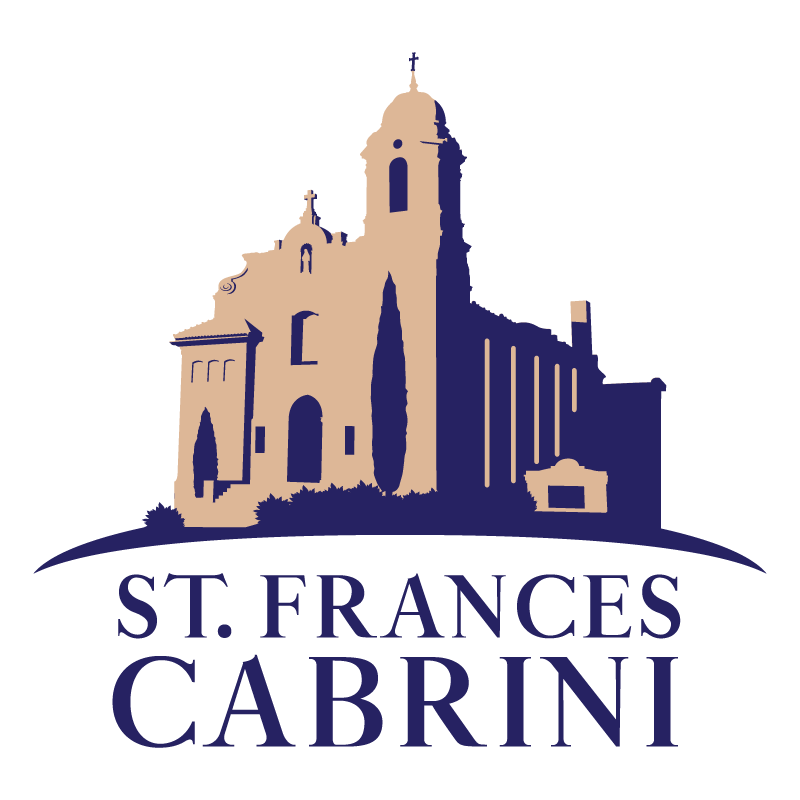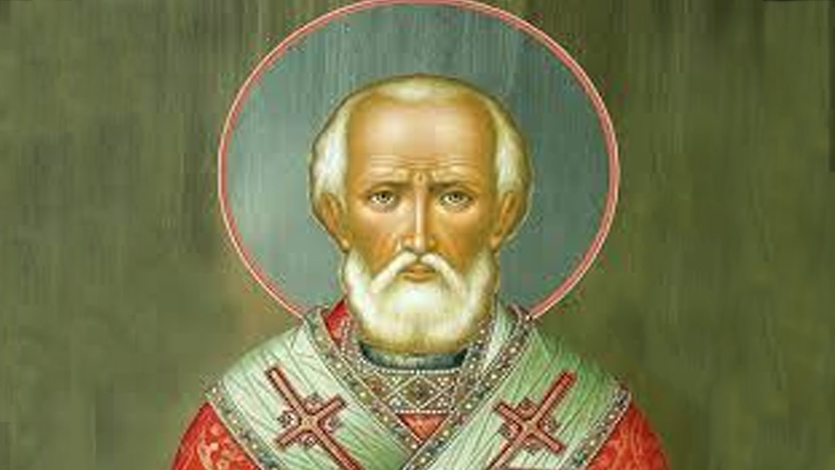Dear Friends,
December 6th is the feast of St. Nicholas. Do you know his story? Saint Nicholas lived between 260 and 343, born in Patara, a Lycian port town, an area that is part of present-day Turkey. He lost both of his parents as a young man and reportedly used his inheritance to help the poor and sick. A devout Christian, he later served as bishop of Myra, a city that is now called Demre.
There are many legends about Saint Nicholas, the bishop of Myra. One story tells how he helped three poor sisters. Their father had gone from wealth to poverty and did not have enough money to pay their dowries and thought of selling them into servitude. Saint Nicholas secretly went to their house at night and put a bag of money inside. The man used the money so that one of his daughters could marry. Seeing what he did with the money, St. Nicholas did it two more times. On the third visit, the man saw Saint Nicholas and thanked him for his kindness. He also reportedly saved three men who were falsely imprisoned and sentenced to death.
In later retelling of the tale, minstrels embellished the plot by imagining that the door was locked and Nicholas would have to drop the money down the chimney where it fell into the girl’s stockings that had been hung there to dry. In the twelfth century, French nuns would re-enact the story by setting out gifts for poor children on the feast of St. Nicholas. Parents soon followed the nun’s lead throughout Europe.
One of the things that Nicholas did as bishop was attend the Council of Nicea in 325 where our present Creed was pounded out and the Arian heresy was halted. There are a number of tales exalting his activity at the Council especially in halting the work of the heretics.
Sources agree that he died on December 6 of natural causes. The celebration of his feast day during those early years of the church may have been even greater than that of the birth of Christ in many regions. He was the patron saint of sailors, restored stolen merchandise, guided people who were lost and helped to free children who had been kidnapped. He remained popular throughout Europe even during the Reformation.
Saint Nicholas went through many transformations in the United States: Sinterklaas as he was known in Dutch and German communities became…you know…and instead of giving gifts on December 6, he became a part of the Christmas stories and shed his traditional bishop’s robes. In the 1820 poem, “An Account of a Visit from Saint Nicholas” by Clement Clarke Moore, he is described as a jolly, heavy man who comes down the chimney to leave presents for deserving children and drives a sleigh pulled by flying reindeer. The poem soon became known by its opening line, “Twas the night before Christmas,”.
Throughout the nineteenth century, St. Nicholas’ look and costuming took a number of forms. By the early 1900’s he came to be pictured in a red suit, black belt and boots, with a bit of a belly and a large white beard.
He competes with St. Patrick and St. Francis for being the most popular Catholic saint. He probably receives more letters and prayers from children than do the other two. Though it is parents who often experience the joy of Christmas that the original St. Nicholas felt – joy that comes from giving away rather than from the receiving of the gift.
Peace,
Fr. Damian



